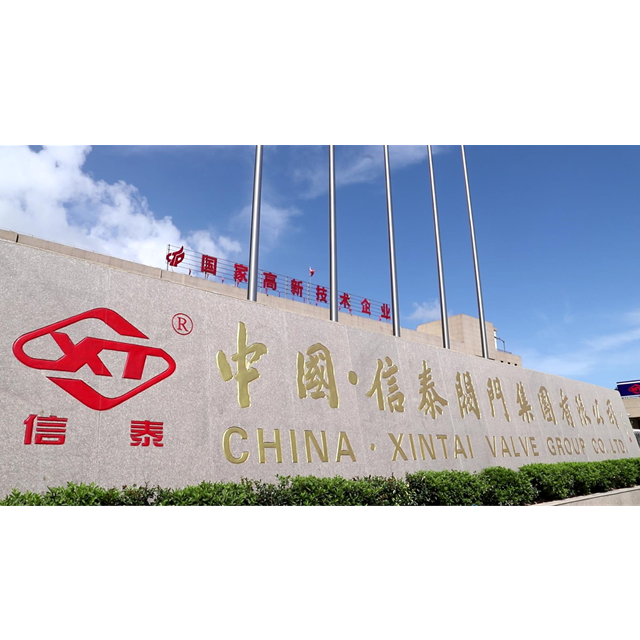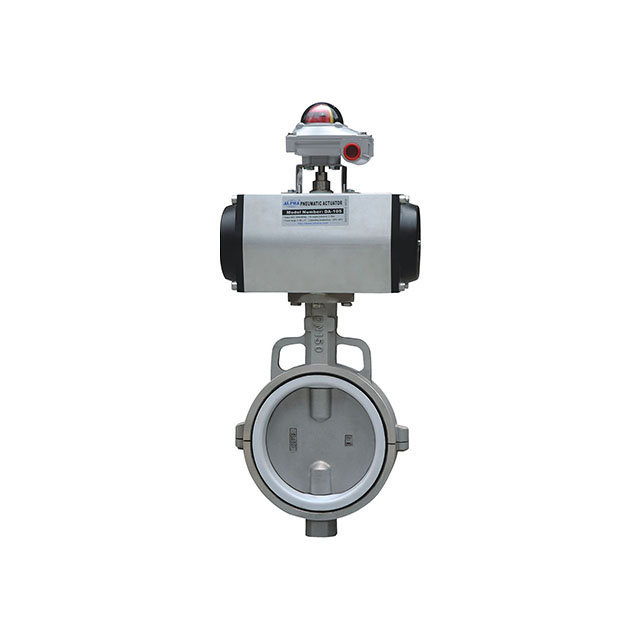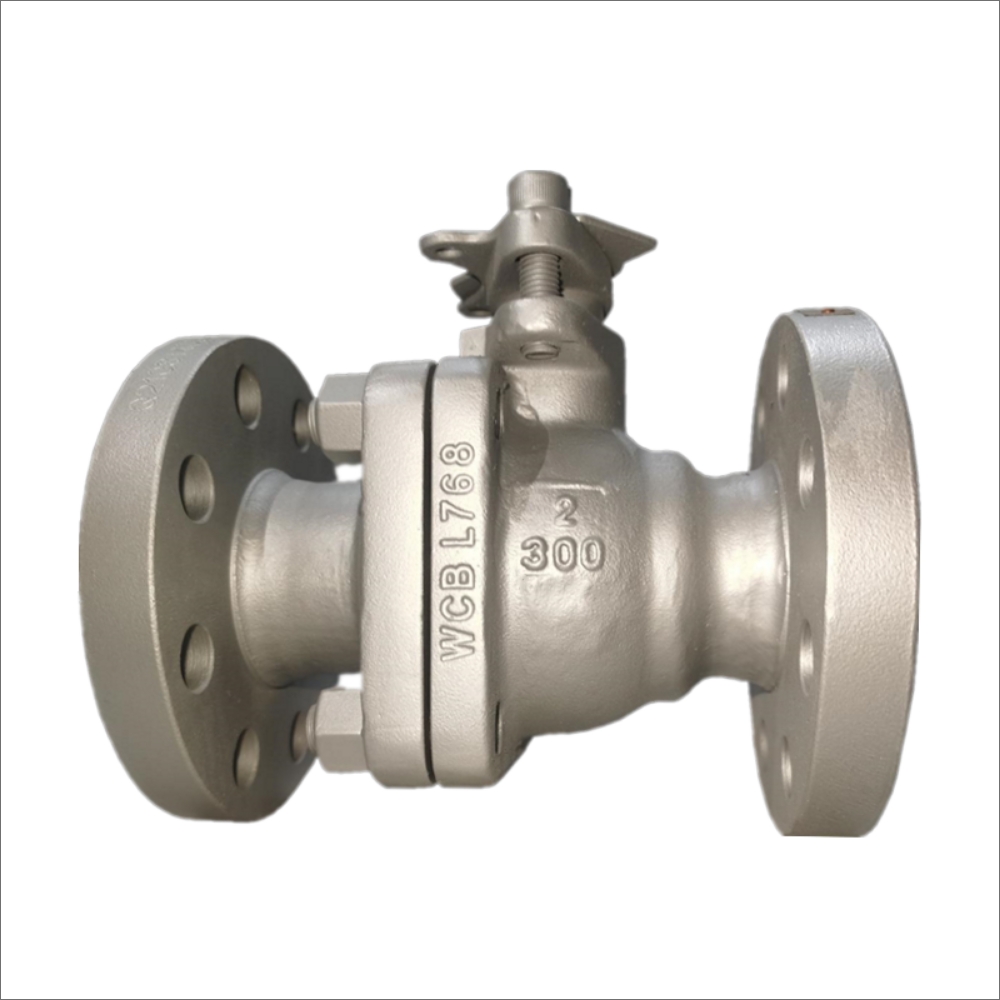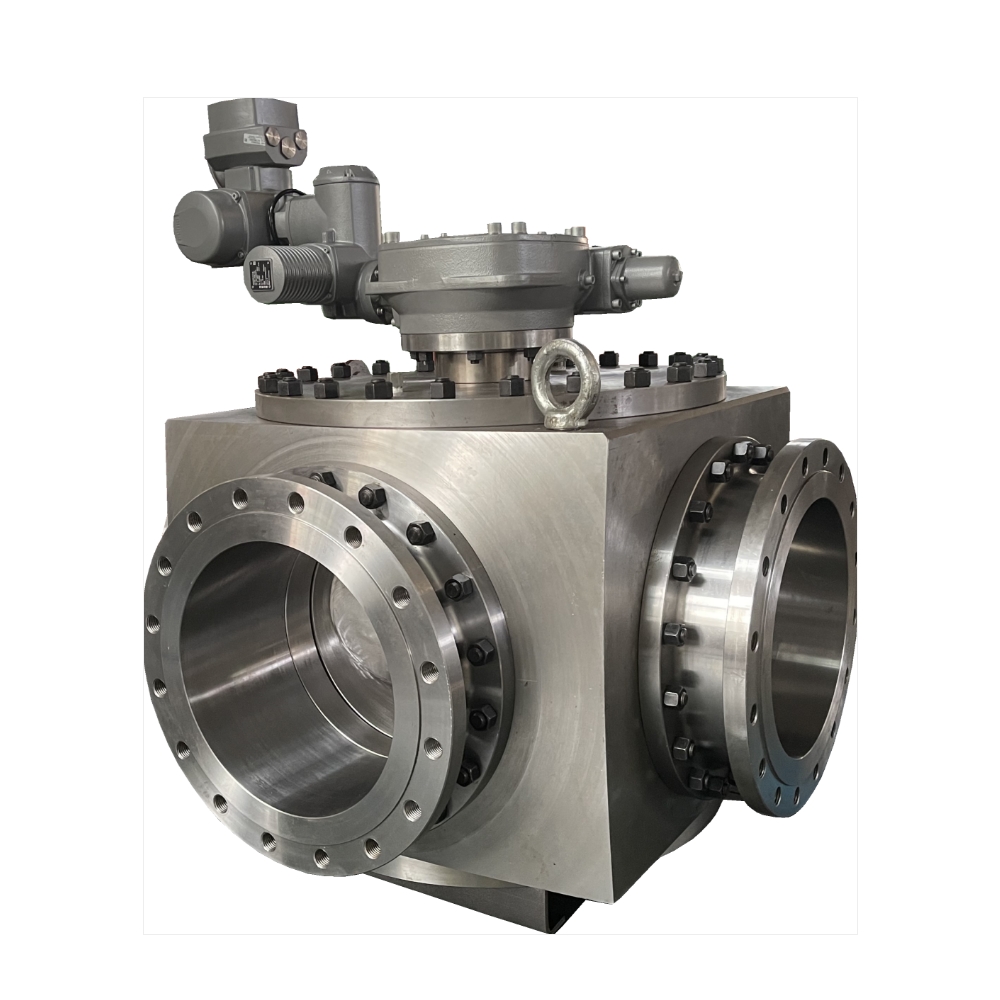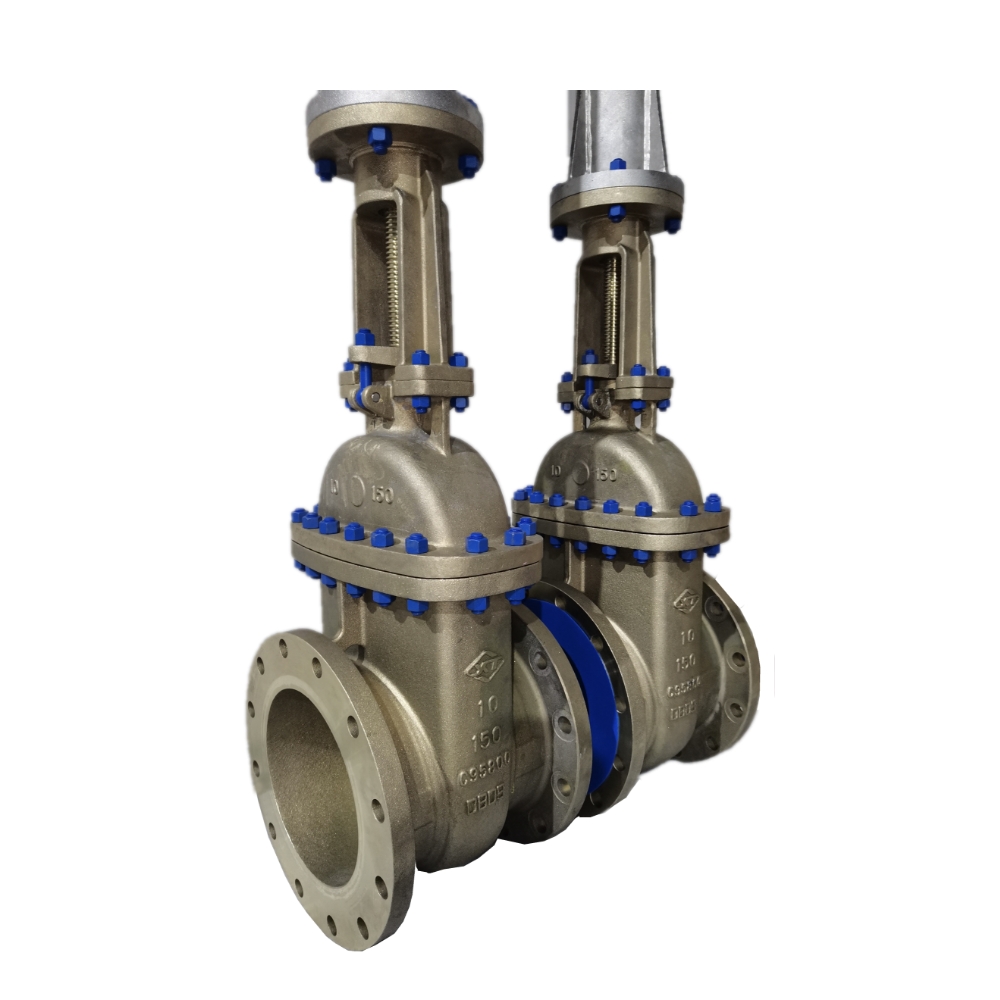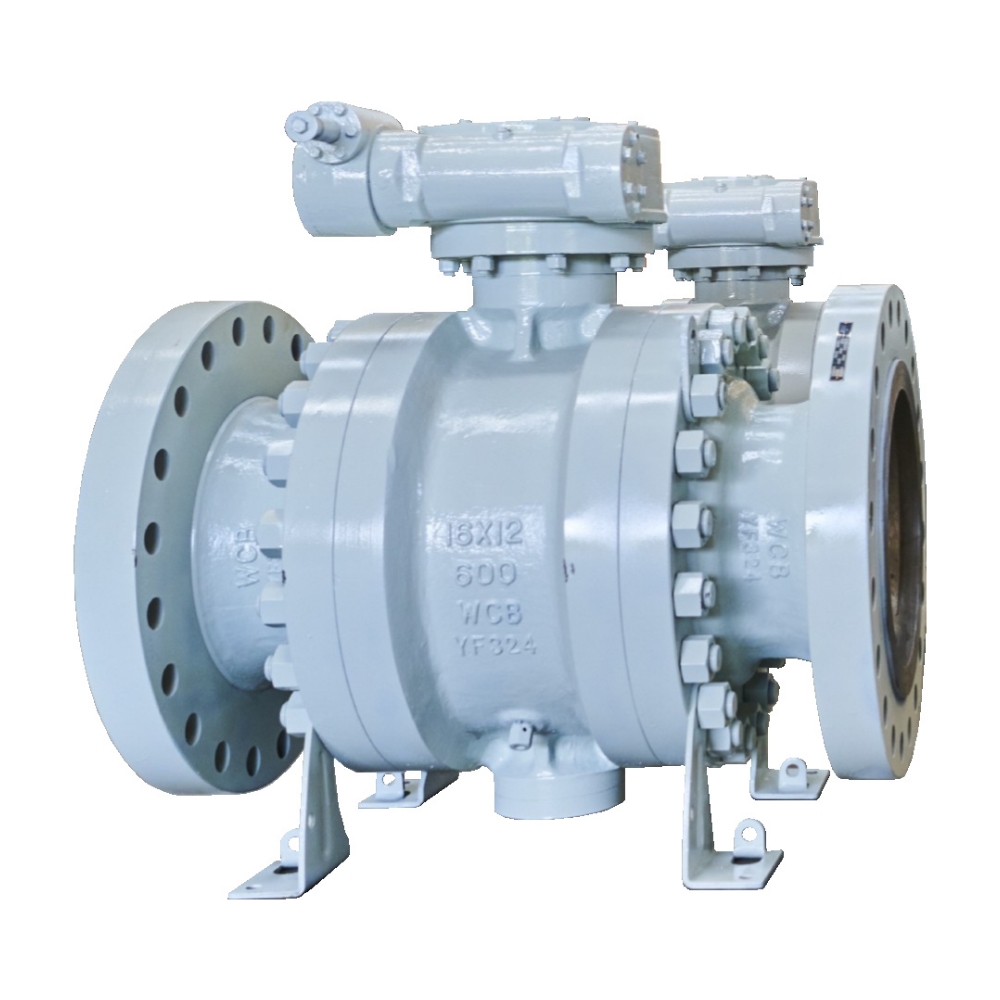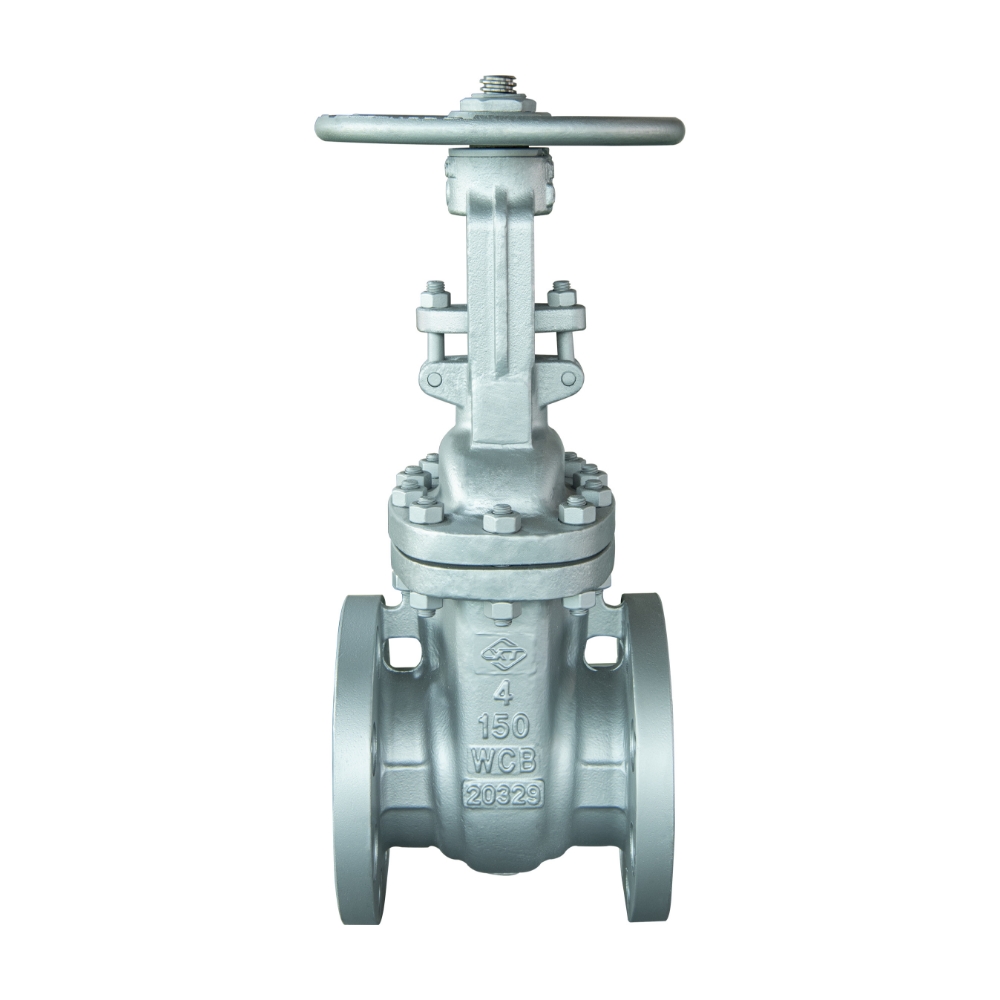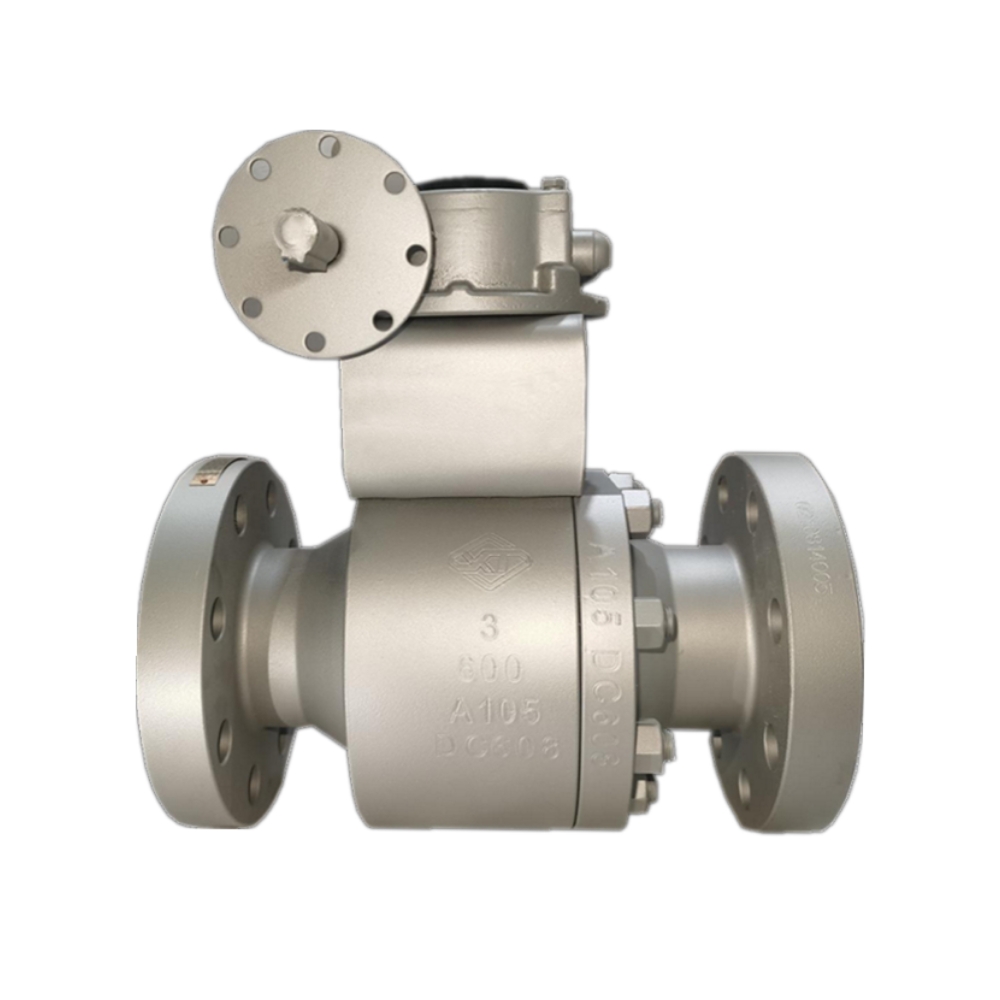CENTERLINE WAFER TYPE SOFT SEAL BUTTERFLY VALVE
Butterfly valves are low-profile devices used in industrial processes. They are relatively thin, which means that they can occupy less space in pipelines than other types of valves. They also come in a variety of body styles, including wafer and lug.
Wafer-type butterfly valves are made of iron, which makes them more elastic and flexible than cast iron. They also offer a high level of chemical resistance. They also feature a lever handle for manual flow control. In addition to their low-flow capacity, they also provide a tight seal against two-way pressure.
This type of valve uses a tightly-fitted seal, i.e., an O-ring, to safeguard against bi-directional pressure. A wafer-type butterfly valve is easy to install but cannot be used as an isolation valve. If you need an isolation valve, you'll need to purchase a larger valve.
Description
Size Pressure Connect Type Material Standard 3″~48″ DN80~DN1200 CL150 PN6~PN16 FLG, BW ASME B16.34, C95800,C63200, Titanium Alloy API-609、GB/T 12238-89、JB/T8527
What Is A Wafer-Type Butterfly Valve?
Butterfly valves are low-profile devices used in industrial processes. They are relatively thin, which means that they can occupy less space in pipelines than other types of valves. They also come in a variety of body styles, including wafer and lug.
Wafer-type butterfly valves are made of iron, which makes them more elastic and flexible than cast iron. They also offer a high level of chemical resistance. They also feature a lever handle for manual flow control. In addition to their low-flow capacity, they also provide a tight seal against two-way pressure.
This type of valve uses a tightly-fitted seal, i.e., an O-ring, to safeguard against bi-directional pressure. A wafer-type butterfly valve is easy to install but cannot be used as an isolation valve. If you need an isolation valve, you’ll need to purchase a larger valve.
How Does A Wafer-Type Butterfly Valve Work?
The butterfly valve body is a sturdy, rigid piece of metal that covers the internal parts. The seat covers the inner edge of the valve’s walls and is the primary sealing agent. When the butterfly valve is closed, the disc lodges against the seat and the butterfly valve closes.
Wafer valves are a great choice for many applications because they are lightweight, compact, and are easy to install. They don’t need expensive exotic materials, and they are also much more cost-efficient than other butterfly valves. However, the body and valve linings are often prone to wear and tear, which makes maintenance much more difficult. In order to properly maintain a wafer butterfly valve, you must shut down the entire pipeline.
When the butterfly valve is closed, the wafer aligns with the direction of flow. When the wrench is rotated back to its original position, the valve opens. As the commodity passes through the valve, the wafer is pushed into position. This prevents the commodity from getting stuck in the valve. The valve can be used in many different ways.
What Are The Advantages Of Using Wafer-Type Butterfly Valve?
A wafer-type butterfly valve with a spherical disc has the inherent characteristics of an equal percentage flow at both the inlet and outlet ports. This characteristic has been extended through advances in disk design to 90 degree full-open position. This feature is advantageous for high-pressure systems where the valve is often placed between two fluids.
The spherical disc forms a seal and is inflated pneumatically after the valve closes. The butterfly valve is a reliable choice in applications that require high-pressure or high-temperature control, and its size makes them suitable for large-scale operations. Furthermore, their compactness reduces their installation and maintenance costs compared to other valve types.
Another benefit of a wafer-type butterfly valve is its ability to isolate the valve body from the flowing media. The spherical valve body is not exposed to corrosive or harsh chemicals. This property allows users to choose from a variety of valve linings. Besides being cost-effective, butterfly valves do not require expensive materials. They are ideal for large process plants, refineries, pulp, and paper manufacturing, food and beverage processing, and power industries.
A wafer-style valve can withstand tensile stresses twice as high as a lug-style valve. This makes it perfect for controlling and preventing backflows. The tight seals prevent any leakage and help to maintain bi-directional pressure.
A wafer-type butterfly valve is made from high-grade metal. This makes it stronger than a plastic butterfly valve. Metal butterflies also have greater compatibility. Besides, a metal seat is available if the operating temperature is very high. Some elastomeric seats even have metal back-ups in case of a fire.
A wafer-type butterfly valve is generally easier to install than a lug-style valve. Its lightweight design reduces the cost of installation, and it can be easily replaced in the event of a faulty component. However, this style of the valve must be installed between two flanges rather than slip-on or screwed-on flanges.
In addition to their low-temperature and high-flow capabilities, the Wafer type butterfly valves have other advantages. The first is their low-maintenance design. It requires fewer parts and requires less maintenance. Second, their bubble-tight seals guarantee reliable operation in hazardous environments. Finally, they are easy to clean and maintain.
Third, a butterfly valve can be used in applications where tight shutoff is crucial, such as chemical process plants. Its design enables it to handle solids suspended in a liquid or in suspension. Additionally, its seating allows it to handle granules and powders. Fourth, a wafer-type butterfly valve is generally more affordable than other types of valves. Additionally, it is light and requires less support.
The Difference Between a Lug and Wafer Butterfly Valve
The difference between the two valves lies in the material used for the seat and disc. Lugs are generally made of ductile iron, while wafers are made from softer materials. When deciding between a lug and wafer butterfly valve, it’s important to know what the application is and what flow media you will be using.
A lug butterfly valve features threaded inserts on both sides of the valve body. It’s best suited for systems that feature two sets of bolts without nuts. To install a lug butterfly valve, you must position it between two flanges, one with an internal thread. Because of the lug design, you can easily disconnect the piping system after installation. A lug butterfly valve is less likely to have a spring or other internal mechanism that could cause a leak.
On the other hand, a wafer-type butterfly valve is used to protect against bi-directional pressure in the flow of fluids. It is designed to hold a tight seal to avoid any backflows in the system. This type of valve comes with a tight-fitted seal, i.e., O-rings, gasket, etc. This type of seal is used along with a flat face valve. It is composed only of fewer materials and is small and lightweight. It can be quickly opened and closed, which makes it perfect for various industrial applications.

Related products
BALL VALVE
- 3-Way L Port Ball Valve
- Full-Welding Ball Valve
- V-Notch Valve
- Undergroud Ball Valve
- Top Entry Ball Valve
- Thread Ball Valve
- Soft Sealing Ball Valve
- Side Entry Ball Valve
- Metal Sealing Ball Valve
- Forged Trunnion Ball Valve
- 3-Way T Port Ball Valve
- Forged Floating Ball Valve
- Flange Type Segment Ball Valve
- Double Block and Bleed Valve
- Casting Trunnion Ball Valve
- Casting Floating Ball Valve
- Bronze Ball Valve
- 4-Way Ball Valve
- Wafer Type Segment Ball Valve
BUTTERFLY VALVE
- Centerline Lug Type Butterfly Valve
- Centerline Wafer Type Butterfly Valve
- Double Eccentric Butterfly Valves
- High Performance Butterfly Valve
- Lined Butterfly Valve
- Resilient Seated Butterfly Valve
- Triple Eccentric Butterfly Valves
CHECK VALVE
- Bronze Check Valve
- Butt Welding Check Valve
- Casting Check Valve
- Dual Plate Check Valve
- Forged Check Valve
- Globe Check Valve
- Lift Check Valve
- Pressure Self-Sealing Check Valve
- Socket Welding Check Valve
- Swing Check Valve
- Thread Check Valve
- Wafer Check Valve
CONTROL VALVE
- Electric Actuator Ball Valve
- Electric Actuator Butterfly Valve
- Electric Actuator Gate Valve
- Electric Actuator Globe Valve
- Gas Over Oil Actuator Ball Valve
- Linear Control Valve
- Pneumatic Actuator Ball Valve
- Pneumatic Actuator Butterfly Valve
- Pneumatic Actuator Gate Valve
- Pneumatic Actuator Globe Valve
CRYOGENIC VALVE
- Cryogenic Ball Valve
- Cryogenic Check Valve
- Cryogenic Gate Valve
- Cryogenic Globe Valve
GATE VALVE
- Bellow Gate Valve
- Bidirectional Knife Gate Valve
- Bronze Gate Valve
- Butt Welding Gate Valve
- Casting Wedge Gate Valve
- Forged Wedge Gate Valve
- Knife Gate Valve
- Parallel Slide Gate Valve
- Pressure Self-Sealing Gate Valve
- Socket Welding Gate Valve
- Thread Gate Valve
- Through Conduit Knife Gate Valve
GLOBE VALVE
- Angle Type Globe Valve
- Bellow Globe Valve
- BS 1873 Globe Valve
- Butt Welding Globe Valve
- Casting Globe Valve
- Forged Globe Valve
- Pressure Self-Sealing Globe Valve
- Socket Welding Globe Valve
- Thread Globe Valve
Plug Valve
- Plug Valve
SAFETY VALVE
- High Performance Steam Safety Valve
- Jacketed Safety Relief Valves
- Pilot Operated Safety Valve
- Spring Load Safety Valve
STRAINER
- Basket Strainer
- Cast Iron Y Strainer
- Thread Y Strainer
- Y Strainer
